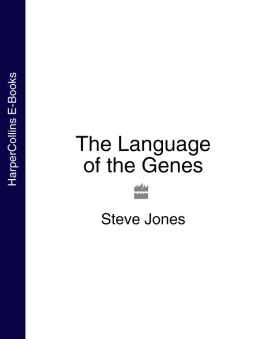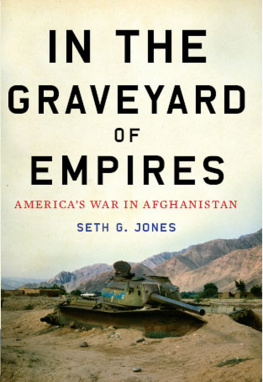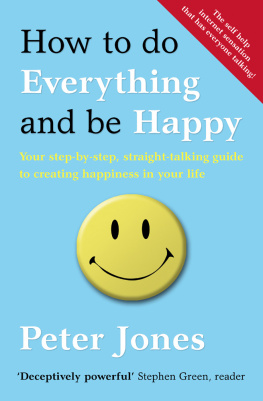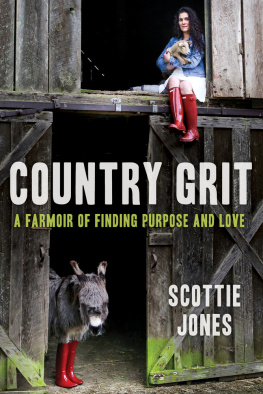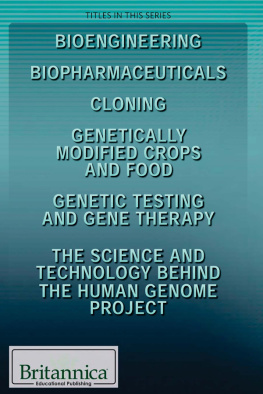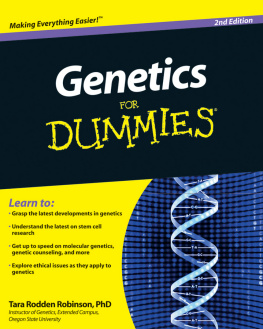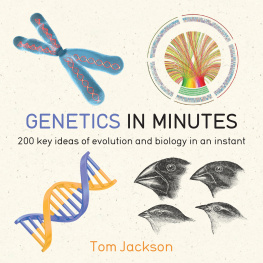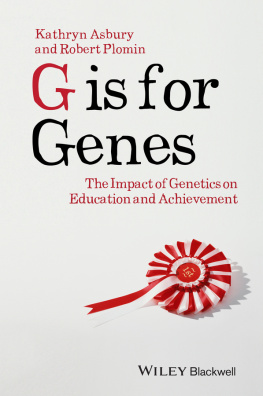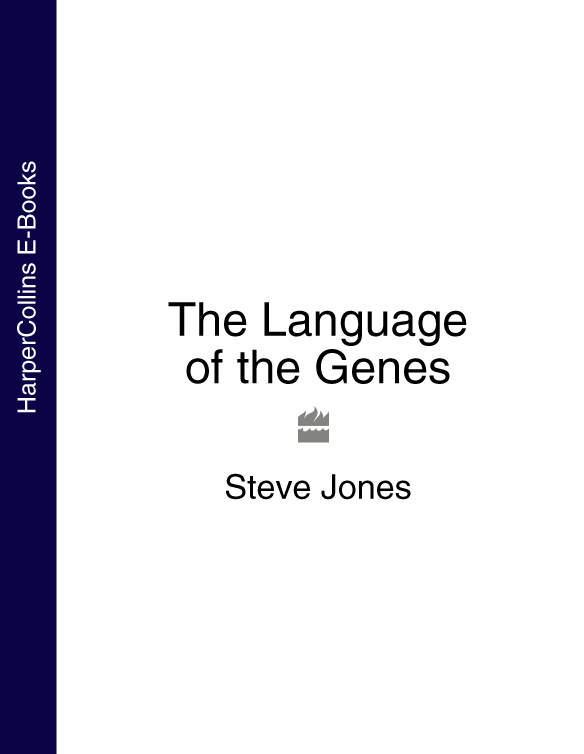
To my parents and my brother
who share my genes and my affection
Preface
A MALACOLOGISTS APOLOGY
I have spent some might say wasted most of my scientific career working on snails. A malacologist may seem an unlikely author for a book about human genetics. However, my research, when I was still able to do it, was not driven by a deep interest in molluscs. Indeed, one of the few occasions when I thought of giving up biology as a career was when I first had to dissect one. Thirty years ago snails were among the few creatures whose genes could be used to study evolution. They carry a statement of ancestry on their shells in the form of inherited patterns of colour and banding. By counting genes in different places and trying to relate them to the environment one could get an idea of how and why snail populations diverged from each other: of why and how they evolved.
At the time, the idea that it might ever be possible to do the same with humans seemed absurd. Genetics textbooks of the 1960s were routine things. They dealt with the inheritance of pea shape, the sex lives of fungi and the new discoveries about the molecular biology of viruses and their bacterial hosts. Of ourselves, there was scarcely a mention usually just a short chapter tagged on at the end which described pedigrees of abnormalities such as haemophilia or colour blindness.
Part of this reticence was due to ignorance but part came from the dismal history of the subject. In its early days, the study of human inheritance was the haunt of charlatans, most of whom had a political axe to grind. Absurd pedigrees purporting to show family lines of criminality or genius were the norm. Ignorance and confidence went together. Many biologists argued that it was possible to improve humankind by selective breeding or by the elimination of the unfit. The adulteration of the science reached its disastrous end in the Nazi experiment, and for many years it was seen as at best unfashionable to discuss the nature of inborn differences among people.
After the Second World War, the United Nations published a book Statement on Race, by the American anthropologist Ashley Montagu which tried to kill some of the genetical myths. I read this as a schoolboy and found it unpersuasive and hard to follow, although its liberal message was clear enough. Re-reading it a few years ago showed why: Ashley Montagu had tried, nobly, to make bricks without straw. The information needed to understand ourselves was simply not available and there seemed little prospect that it ever would be. Human genetics had moved from a series of malign to an equivalent set of pious opinions.
Now everything has been transformed. Homo sapiens is no longer the great unknown of the genetical world but has become its workhorse. More is known about the geographical patterns of genes in people than about those of any other animal (snails, incidentally, still come second). The three thousand million letters in the DNA alphabet have, at last, been read from end to end and, so it seems, the century of genetics that began with the rediscovery of Mendels laws has ended with a new and revolutionary insight into ourselves.
The completion of the DNA map marks the triumph of genetics as a science. Its success as a technology or, at least, as a medical technology has yet to be established. Everyone, in the end, dies; and genes are nearly always involved in that unpleasant process. Nobody escapes the fate coded into the double helix. Much of the damage arises anew, either in body cells or as a result of errors in parental sperm and egg. Indeed, most pregnancies end because of such errors. Science has given the hope of finding those at risk of inherited disease and, perhaps, of treating it. At last we understand what sex really means, why we age and die, and how nature and nurture combine to make us what we are.
Most of all, biology has altered our view of our place in the universe of life. For the first time, it is clear how humans are related to other animals and when they first appeared. The idea that Man did not evolve is open to scientific examination: and although creationism is supported by millions the test proves it wrong. Most people believe that they descend from simpler predecessors but would be hard put to say why. As Thomas Henry Huxley, Darwins great protagonist, said of the idea of evolution: It is the customary fate of new truths to begin as heresies and to end as superstitions. Genetics has saved Darwinism from that fate. It has killed many old and disreputable superstitions. At last there is a real insight into race, and the ancient idea that the peoples of the world are divided into distinct units has gone for ever. Separatism has gained a new popularity among groups anxious to assert an identity of their own, but they cannot call on genes to support their views.
It is, though, the essence of scientific theories that they cannot resolve everything. Science cannot answer the questions that philosophers or children ask: why are we here, what is the point of being alive, how ought we to behave? Genetics has nothing to say about what makes people more than just machines driven by biology, about what makes us human. These questions may be interesting, but a scientist is no more qualified to comment on them than is anyone else. Human genetics has suffered from its high opinion of itself. For most of its history it failed to understand its own limits. Knowledge has brought humility to genetics, but its new awareness raises social and ethical problems that have as yet scarcely been addressed.
This book is about what genetics can and cannot tell us about ourselves. Its title, The Language of the Genes, points to the analogy upon which it turns, the parallels between biological evolution and the history of language.
Inheritance is a discourse through time, a set of instructions passed from generation to generation. It has a vocabulary the genes themselves a grammar, the way in which the information is arranged, and a literature, the thousands of instructions needed to make a human being. It is based on the DNA molecule, the famous double helix, the icon of the twentieth century. Johann Miescher, the Swiss discoverer of that marvellous substance, himself wrote in 1892 that its message might be transmitted just as the words and concepts of all tongues can find expression in twenty-four to thirty letters of the alphabet. A century of science shows how right he was.
Both languages and genes evolve. Each generation makes errors in transmission and, sooner or later, enough differences accumulate to produce a new dialect or a new form of life. Just as the living tongues of the world and their literary relics reveal their extinct ancestors, genes and fossils are an insight into the biological past. We have learned to read the language of the genes and it is saying remarkable things about our history, our present condition and even our future.
The first edition of this book emerged from my Reith Lectures, given on BBC Radio in the early 1990s. Those lectures began with the philosopher Bertrand Russell in 1948 (and, some argue, have gone downhill ever since). I would not dream of comparing myself with my illustrious predecessors but I hope that the series and the book can stand on the merits of their subject, the most fascinating in modern science. Perhaps my lectures in their small way helped to show that the BBC can still fulfil its obligations, set forth by its founder Lord Reith, to instruct, inform and entertain. The last might seem an unexpected word to use about science, but it is justified by the number of eccentrics and fools who have graced and disgraced the history of human genetics. They appear sporadically in these pages in the hope of enlivening an otherwise bald narrative.
Next page
